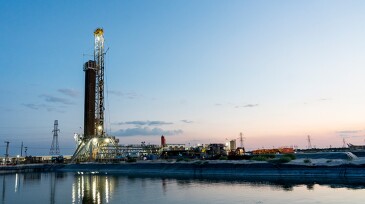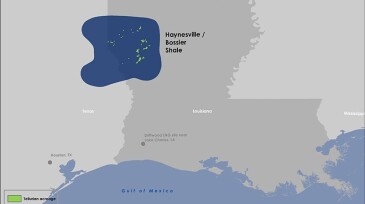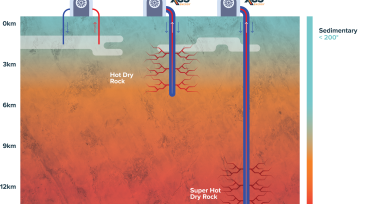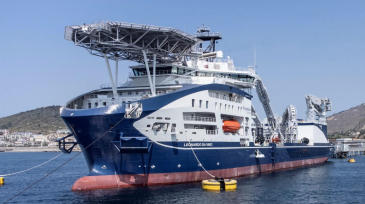Management
The $1.3-billion deal targets DJ Basin assets producing 35,000 BOEPD, and Japex aims to increase that output to 50,000 BOEPD around 2030.
The Nigerian Upstream Petroleum Regulatory Commission has set its sights on anti-corruption efforts for the 2025 Licensing Round, which began on 1 December.
The latest corporate plan drops the amount the company says it will invest in low-carbon efforts by $10 billion from last year’s plan.
-
Specialty forgers manufacture custom, seamless rolled rings in a variety of materials and finishes in as little as 8 weeks.
-
BP will offer up development concessions while ADNOC will provide cash for growth opportunities.
-
Mitsubishi, Kraft Heinz, and Petrobras develop plans for hydrogen plants, and the US Department of Energy funds projects throughout the country.
-
Sales price will be linked to the Japan Korea Marker for a 20-year period.
-
Long the subject of rumored deals, Endeavor Energy is being snapped up at last in a deal valued at $26 billion.
-
ExxonMobil’s Liza Phase 1 and Phase 2 project and ADNOC’s CCUS Evolution Journey were the winners at the conference taking place this week in Dhahran.
-
SEG and SPE join forces to offer access to a robust research portal that harnesses the power of AI and ML.
-
The company looks to focus its efforts on getting phase one of its Driftwood LNG up and running by shedding Haynesville acreage.
-
Backed by more than $28 million in fresh investments, XGS Energy is prepping to introduce a new technology called thermal reach enhancement.
-
After becoming the first oil and gas major to source all its onshore grid electricity needs from nuclear and solar energy, ADNOC now focuses on decarbonizing production offshore.













